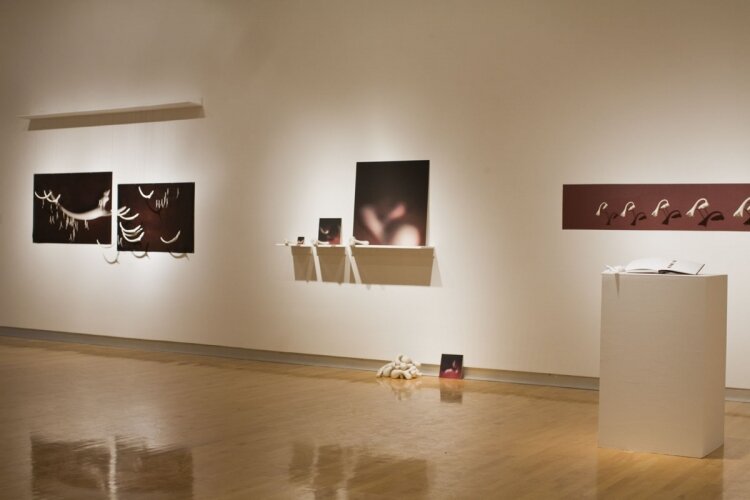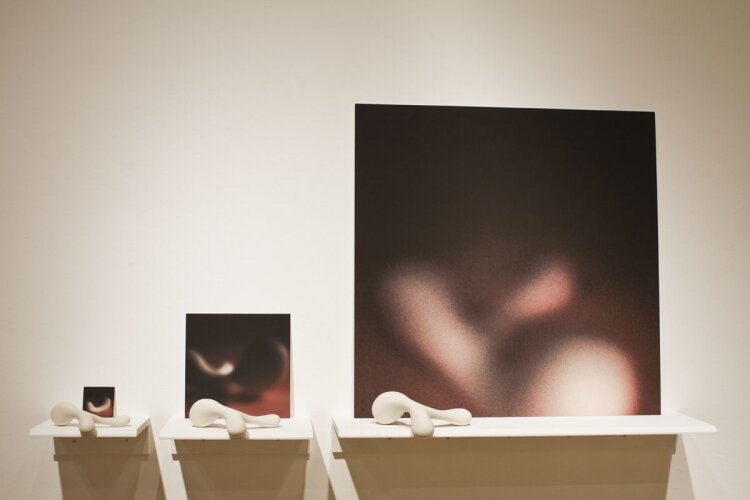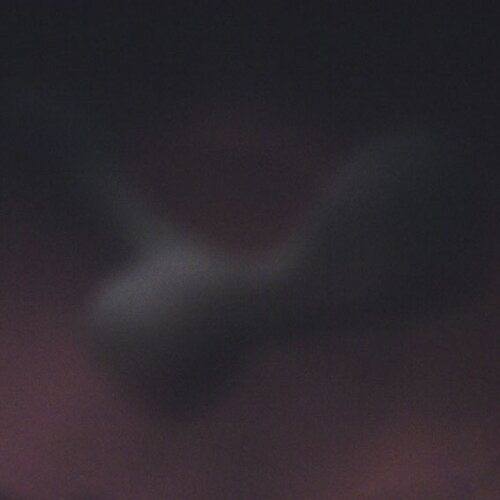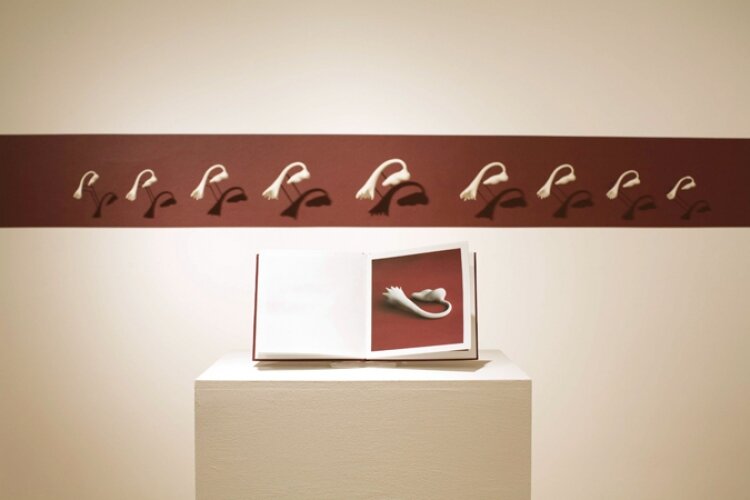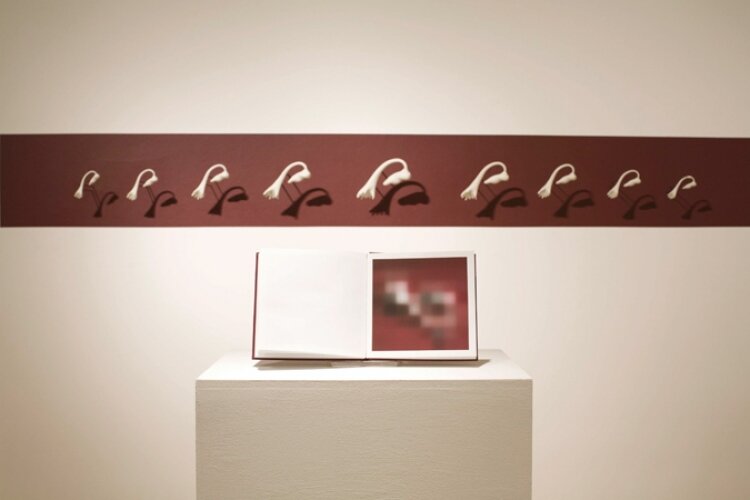Three Ways to Say I Love You, 2007
Collaboration with Jeanne Quinn
Arms Length in - Ceramics and the Treachery of Objects in the Digital Age, Catalog Excerpt
Jeanne Quinn invited Amanda Marchand, a writer/photographer with whom she instantly connected when they met at an arts residency in 2004, partly because, she says, “Amanda’s work has a great poetic sensibility which I really admire.” Quinn and Marchand explore meaning in their work Three Ways To Say I Love You, specifically the meaning of the word “reproduction.” Quinn has made ceramic pieces that represent reproduction in three organisms—the hydra, a single-cell organism that reproduces itself; the combination of prothallial cells, generative cell, and wings from the plant world; and the oviduct (or Fallopian tube) found in human beings. Each is presented with corresponding digital prints by Marchand, which reflect different modes of reiteration.
In the oviduct set, for example, Quinn has made slightly abstracted cast-porcelain representations of the tube that serves as conduit for eggs; a series of these will hang on the wall, in ascending and then descending size. This is paired with a book containing a series of pictures created digitally by Marchand, starting with an image of only one pixel which invites comparison to a single cell. Subsequent pages will show images gaining in resolution until it is clear that the same object is hanging on the wall before us. Then following pages will show the images losing in resolution until only one pixel remains. Because Quinn casts her pieces, [breaking the original] in the process, she says, “In this kind of ceramics, there is no original. In digital, there are no originals, no copies, there are only clones.”
Excerpted from “Art, Technology, and the Human Imperative,” by Scarlet Cheng.
Published in the exhibition catalogue for Arm’s Length In: Ceramics and the Treachery of Objects in the Digital Age: 2008 Scripps College 64th Ceramic Annual. Ruth Chandler Williamson Gallery, Scripps College, 2008.
